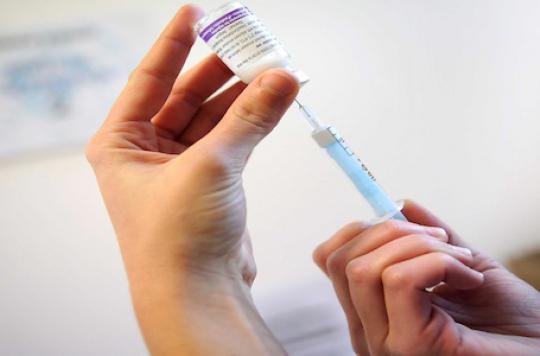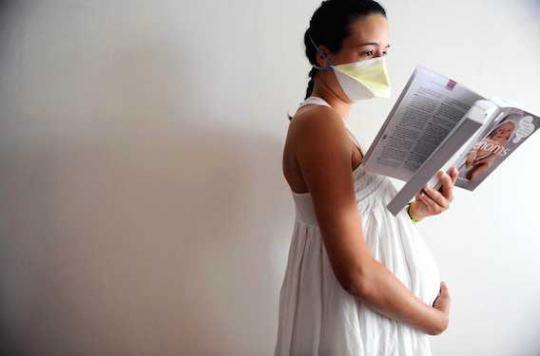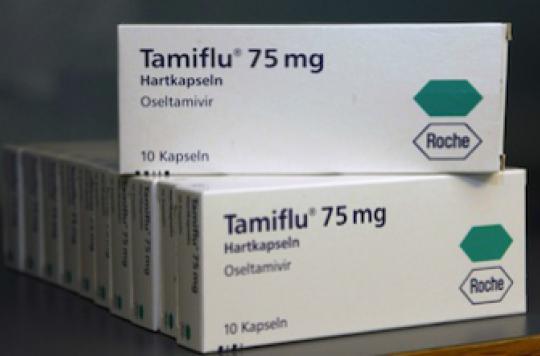This winter, the influenza vaccine reduced by nearly 75% the frequency of influenza cases linked to an influenza A (H1N1) virus, which is the majority in Canada, from which these preliminary results are taken.

In metropolitan France, last week, the incidence rate of cases of influenza syndromes seen in general medicine consultation was estimated at 187 cases per 100,000 inhabitants (i.e. 120,000 new cases), above the epidemic threshold (171 cases per 100,000 inhabitants). Nevertheless, “to confirm the arrival of the influenza epidemic, it will be necessary to wait for the threshold to be exceeded for a second consecutive week,” explained the Sentinelles-Inserm network in its last press release.
However, and without delay, Medicare has already announced that it is extending by one month “the period of validity of the influenza vaccine coverage vouchers, until February 28, 2014”, a date which will henceforth mark the end of the period. end of the vaccination campaign. And this choice could turn out to be wise. Because this winter, the flu vaccine significantly reduced the number of cases across the Atlantic according to preliminary results published Thursday in Eurosurveillance, the journal of the European Center for Disease Prevention and Control (ECDC).
Vaccine reduced incidence of influenza A by 75%
The vaccine efficacy of the 2013-14 batch was evaluated, before the end of the season, from samples taken by the network of Canadian sentinel physicians between November 1, 2013 and January 23, 2014 from patients consulting for flu syndrome. .
To do this, the team conducted a case-control study: the cases were patients who had laboratory-confirmed influenza and the controls were those who tested negative for influenza.
Based on the 792 samples included in the analysis, the researchers estimate that 29% of those without the flu and 10% of those with the flu were vaccinated. The proportion of influenza and immunized patients was comparable in previous years, note the authors.
And the results are clear, say these researchers. According to the data, and after adjustment, “the effectiveness of the vaccine against influenza induced mainly by A (H1N1) reached 71%, and 74% against influenza linked to the single strain A (H1N1)”, they indicate.
The H1N1 virus also circulates in France
Finally, the Canadian researchers consider that these first estimates should differ little from the final results obtained with data for the entire season, based on studies conducted in winter 2012-13.
Regarding France, the Institute for Public Health Surveillance (InVS) indicated a few days ago that an equivalent share of A (H1N1) and A (H3N2) viruses circulated in ambulatory medicine in France, against 90% of A (H1N1), in Canada. “These are the ones that currently circulate mainly in metropolitan France,” she added.
Thus, in France, 117 severe cases of influenza have been admitted to intensive care since November 1, 2013, including nine deaths. Last week, two patients with H1N1 flu died in Niort hospital due to this virus.
According to the InVS, all of the patients treated in intensive care are “mostly adults, with risk factors, unvaccinated and infected with an A virus”. And the latter to conclude by indicating that this strain is part of the current composition of the vaccine offered in France.
.















